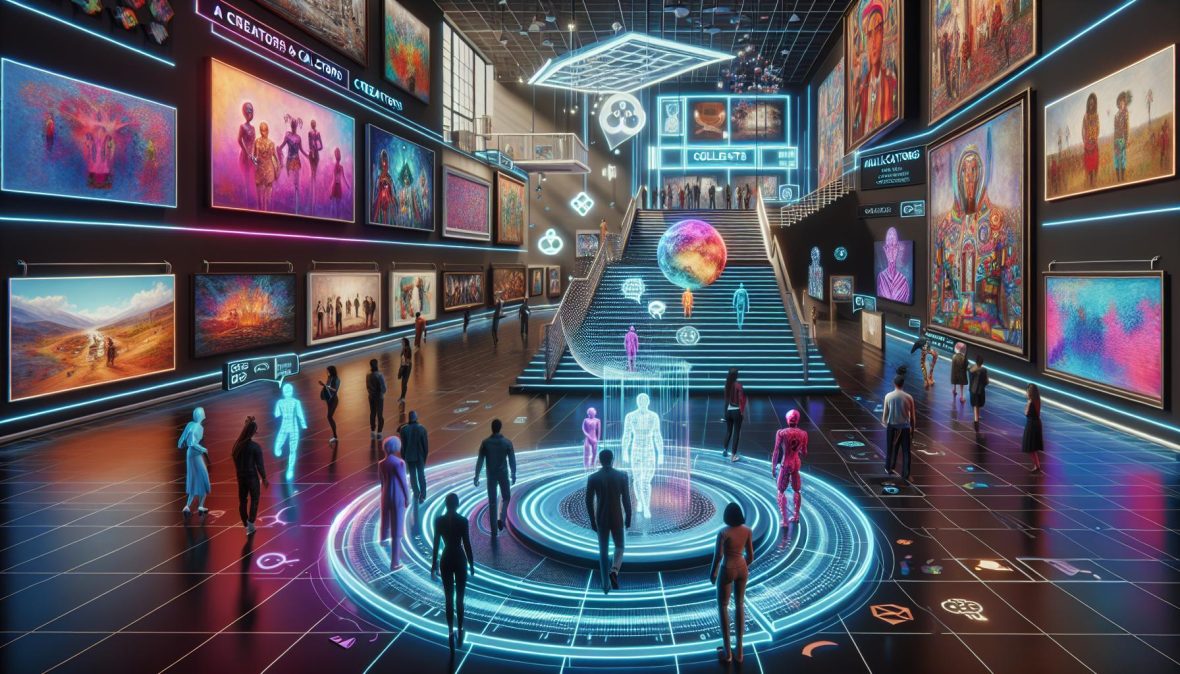Meta NFT Marketplaces: The Future of Digital Art and Collectibles

Meta NFT marketplaces are revolutionizing the way we create, buy, sell, and experience digital art and collectibles. These platforms combine blockchain technology with immersive virtual environments, offering unique opportunities for artists, collectors, and investors. This article explores the key features, top platforms, and potential impact of meta NFT marketplaces on the future of digital assets.
What are Meta NFT Marketplaces?
Meta NFT marketplaces are digital platforms that enable the trading of Non-Fungible Tokens (NFTs) within virtual reality or metaverse environments. Unlike traditional NFT marketplaces, these platforms integrate advanced blockchain solutions with 3D virtual worlds, creating an immersive and interactive experience for users.
Key Features of Meta NFT Marketplaces
- Immersive 3D environments for showcasing and interacting with digital assets
- Integration of blockchain technology and smart contracts for secure transactions
- Wide range of digital assets, including art, virtual real estate, and in-game items
- Social interaction and community-building features
- Enhanced opportunities for artists to showcase and monetize their work
Top Meta NFT Marketplaces
1. Decentraland
A virtual world where users can buy, sell, and trade virtual real estate and other digital assets.
2. Cryptovoxels
A virtual world built on the Ethereum blockchain, featuring user-owned and customizable parcels.
3. The Sandbox
A decentralized gaming platform that allows users to create, own, and monetize their gaming experiences.
4. Somnium Space
A cross-platform virtual reality world powered by blockchain technology.
Impact on the Art World and Digital Economy
Meta NFT marketplaces are transforming the art world and digital economy in several ways:
- Democratizing art ownership and creation
- Providing new revenue streams for artists through royalties and secondary sales
- Enabling global access to art and collectibles without physical limitations
- Creating new investment opportunities in digital assets
- Fostering innovation in digital art and interactive experiences
Potential Risks and Challenges
While meta NFT marketplaces offer exciting opportunities, there are also potential risks to consider:
- Market volatility and speculative bubbles
- Security concerns related to digital wallets and smart contracts
- Regulatory uncertainty in the crypto and NFT space
- Environmental concerns regarding energy consumption of blockchain networks
- Technological barriers to entry for some users
Conclusion
Meta NFT marketplaces represent a significant evolution in the world of digital art and collectibles. As these platforms continue to develop and mature, they have the potential to reshape how we create, value, and interact with digital assets. Whether you’re an artist, collector, or investor, staying informed about this emerging technology will be crucial in navigating the future of the digital economy.
To learn more about meta NFT marketplaces and how to get involved, consider exploring some of the top platforms mentioned in this article or joining online communities dedicated to NFTs and blockchain technology.
